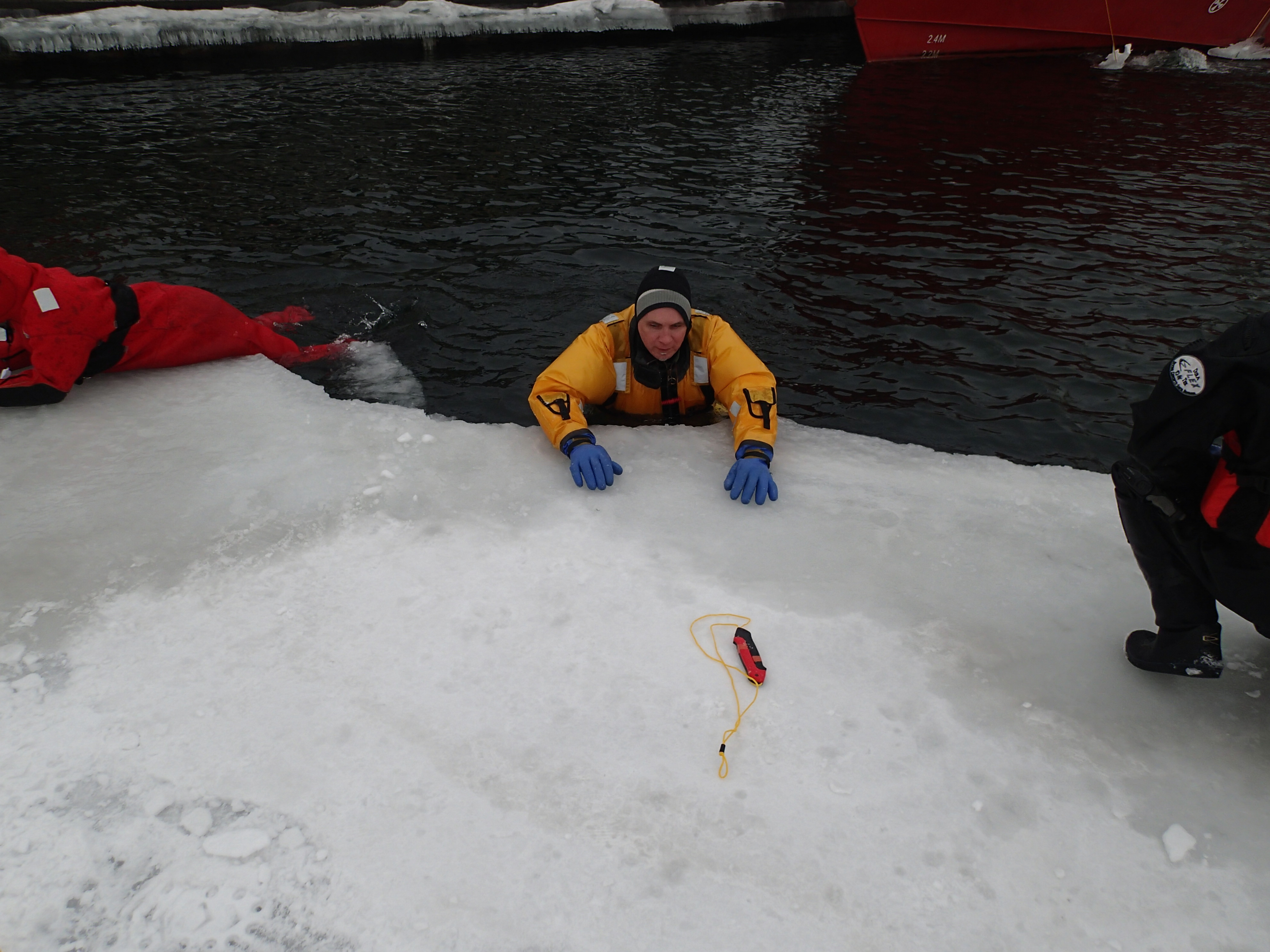Profile of Frank Seglenieks
Turning curiosity into a career

Dr. Frank Seglenieks is a Water Resources Engineer with the National Hydrological Service at Environment and Climate Change Canada. As our country celebrates Canada Water Week (March 20th – 27th, 2025), his work plays a crucial role in understanding and protecting the Great Lakes. His areas of expertise are hydrological modeling and water balance research. He is particularly interested in how climate change is affecting the Great Lakes water levels.
From TV show to career goals
Frank’s insatiable curiosity and love of science started when he was about ten years old. Reminiscing about his past, Frank remembers fondly the first time he understood that science was more than something you enjoyed on TV, it was something he wanted to do.
“If you grew up in Ontario you had the station TVO,” says Frank. “They had this show called Understanding the Earth that was all about things like geology and volcanoes. I vividly recall thinking, ‘Oh that looks cool’”.
That early curiosity inspired him to pursue a degree in geological engineering, a master’s with a specialization in snowmelt and satellites, and a PhD in water resources engineering from the University of Waterloo. Frank credits his co-op student program for allowing him to travel internationally and explore the different science fields that lead him to his specialization.
Balancing water
Frank now leads a team of engineers in the National Hydrological Service that is developing tools and conducting research aimed at understanding how climate change is affecting the Great Lakes. One of his favourite parts of the job is developing monthly water balance graphs — a project he initiated more than ten years ago when there were noticeable discrepancies in data from different agencies.
As global temperatures rise, shifts in seasonal weather and extreme events are impacting the Great Lakes' water balance. For more than a decade, the water balance of the Great Lakes has been calculated monthly by measuring all the water entering the lakes through precipitation rain and runoff, and all water leaving through evaporation.

The Great Lakes region contains more than 20% of the world’s fresh surface water. Surface water is important because it is water that is usable by humans and many other living things. For this reason, it is critical to analyze historical trends and develop predictive models that can help Canadians understand how climate change and human action may affect lake levels and usage in the future.
Another highlight for Frank is collaborating with industries, Indigenous communities, conservation authorities and municipal governments in the Great Lakes region. “We’re able to meet and look closely at a particular issue from many angles,” says Frank, adding that by discussing challenges and collectively developing solutions, his team is supporting stronger water management decisions. Early in his ECCC career, he supported the International Niagara Board of Control with an ongoing project to measure ice thickness on Lake Erie.

“These collaborations drive progress in hydrology and climate science.”
Frank’s most recent publication is Future water levels of the Great Lakes under 1.5 °C to 3 °C warmer climates. In this research paper, he studied the effects of climate change on the Laurentian Great Lakes’ water levels and the impact that it has on the people, businesses, and the environment. Water levels are likely to become more extreme – both higher and lower levels would occur more often with higher unpredictability. Future infrastructure needs to be adaptable to the range of projected lake levels.
Expanding your knowledge

Throughout Frank’s career, he has had the opportunity to see his field evolve especially with computer resources and the availability of data. It used to take many weeks to set up hydrological models manually by drawing squares on paper maps with data sent to them via CDs. “Now, we can set up the models for the entire continent using publicly available data, downloaded in a few hours. This allows us to concentrate on running the models rather than setting them up.” Whether it’s adapting to the emerging methodologies or keeping up to date with safety training, expanding your knowledge is an important facet for growth.
He believes anyone who is interested in science and engineering should find their niche. Discover what truly interests you and look into the types of jobs available within that field. Understanding what scientists and researchers do on a day-by-day basis can help you create your own career path.